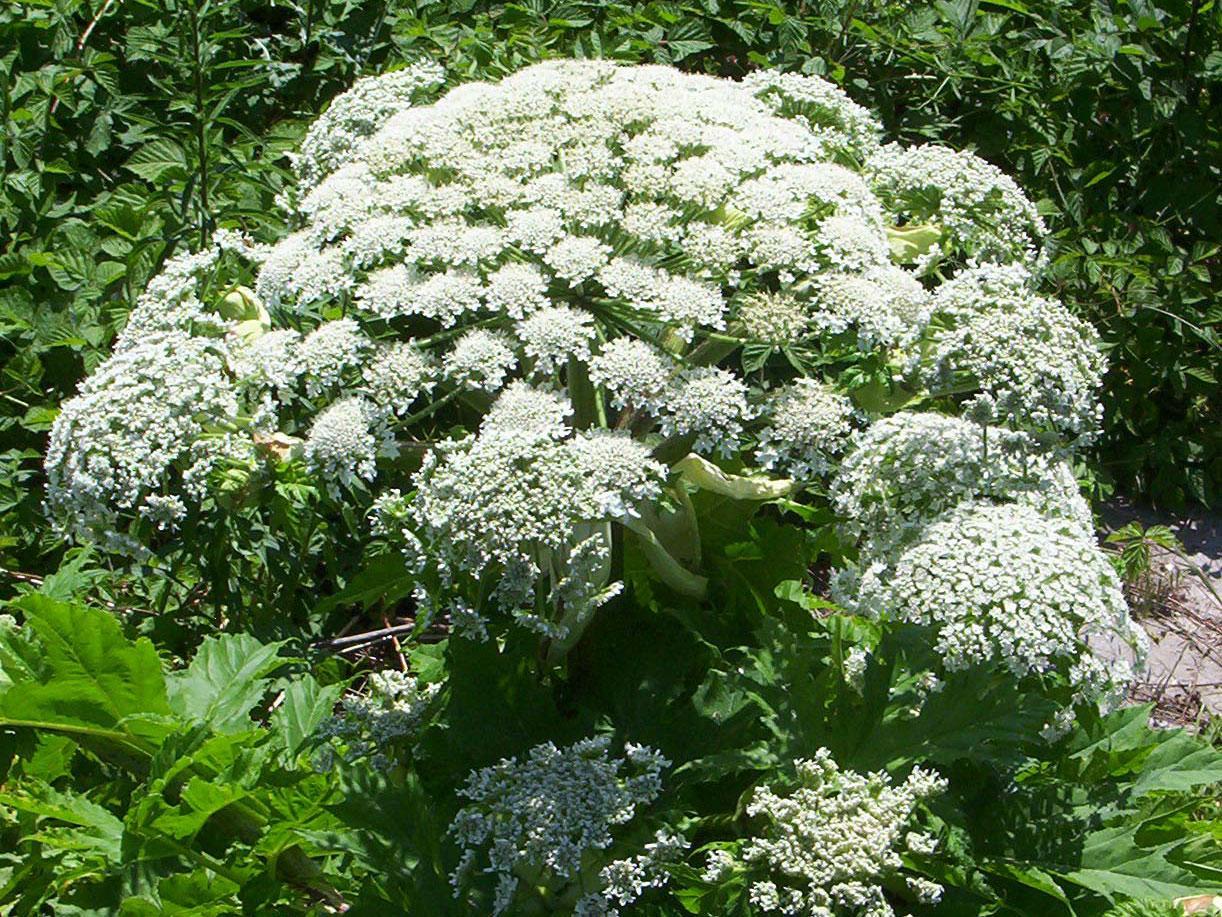Britain's most toxic plant reportedly spreading across UK after heatwave
Giant Hogweed can cause severe burns and blisters

Your support helps us to tell the story
From reproductive rights to climate change to Big Tech, The Independent is on the ground when the story is developing. Whether it's investigating the financials of Elon Musk's pro-Trump PAC or producing our latest documentary, 'The A Word', which shines a light on the American women fighting for reproductive rights, we know how important it is to parse out the facts from the messaging.
At such a critical moment in US history, we need reporters on the ground. Your donation allows us to keep sending journalists to speak to both sides of the story.
The Independent is trusted by Americans across the entire political spectrum. And unlike many other quality news outlets, we choose not to lock Americans out of our reporting and analysis with paywalls. We believe quality journalism should be available to everyone, paid for by those who can afford it.
Your support makes all the difference.Giant Hogweed, regarded as the UK’s ‘most dangerous’ plant, has reportedly been spreading throughout the country after the summer heatwave.
Known to cause severe blisters which can require hospitalisation, numerous local media reports suggest the plant has been thriving in the warm weather.
"If you don’t know what the plant is, it’s exceedingly dangerous,” said Mike Duddy of the Rivers Trust. “It is, without a shadow of a doubt, the most dangerous plant in Britain.”
Giant Hogweed, which was imported from Central Asia in 1893, can grow up to four metres in height and is commonly found near water.
It is considered a powerful invasive species and can burn people and animals just after touching or brushing them.
According to the Non-Native Species Secretariat (NNSS), the plant’s burns are caused by its sap, which contains toxic chemicals called furanocoumarins.
“When these [chemicals] come into contact with the skin, and in the presence of sunlight, they cause a condition called phyto-photodermatitis: a reddening of the skin, often followed by severe burns and blistering,” the NNSS said.
“The burns can last for several months and even once they have died down the skin can remain sensitive to light for many years.”
If the sap gets into the eyes, it can cause blindness.
The blistering, which has been likened to severe sunburn, can also reoccur years later.
In May, 11-year old Adam Percival suffered severe blisters after coming into contact with Giant Hogweed while playing in his local park in East Renfrewshire, Scotland.
He had been stung and wiped his leg with the plant believing it was a dock leaf.
“It was the worst thing he could have done,” his mother, Lorna, told Barrhead News.
“Things went from bad to worse and he was in lot of pain. When I saw what was happening to his leg, I took him to accident and emergency.
“The staff there said they had never seen anything like it.”
Doctors recommend immediately washing areas of the body which have touched giant hogweed and protecting them against sunlight.
Subscribe to Independent Premium to bookmark this article
Want to bookmark your favourite articles and stories to read or reference later? Start your Independent Premium subscription today.
Join our commenting forum
Join thought-provoking conversations, follow other Independent readers and see their replies
Comments